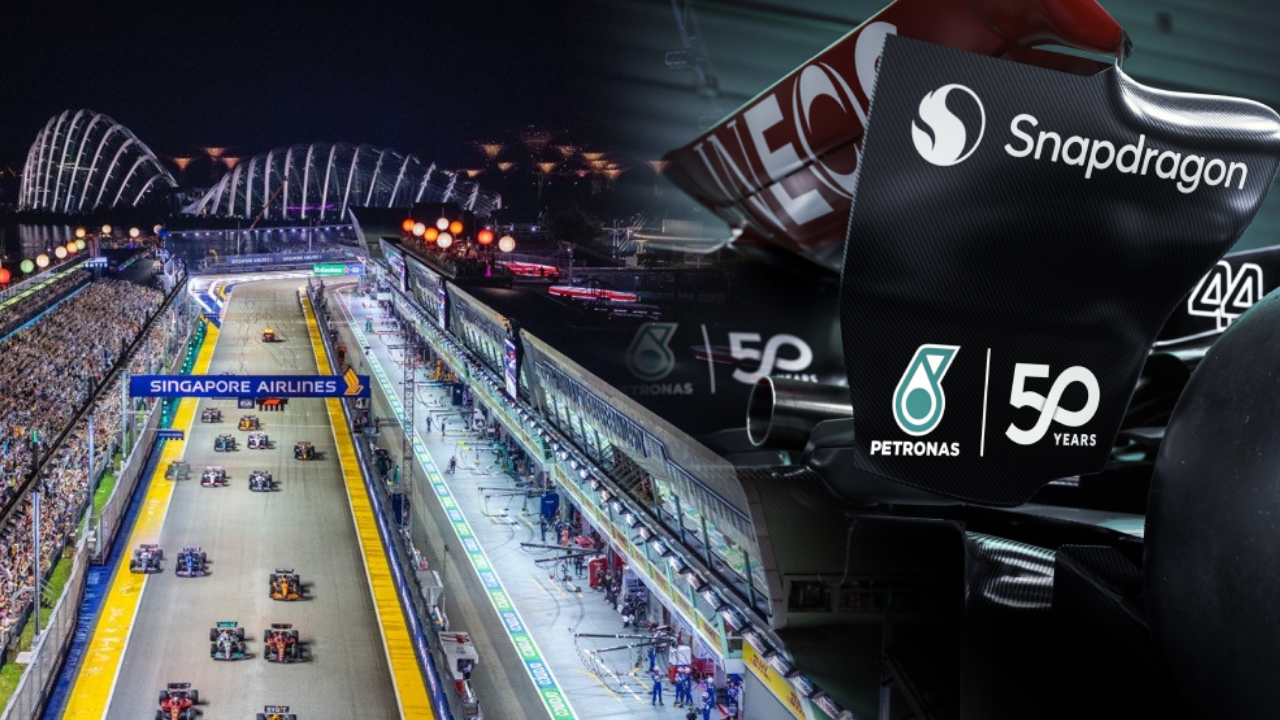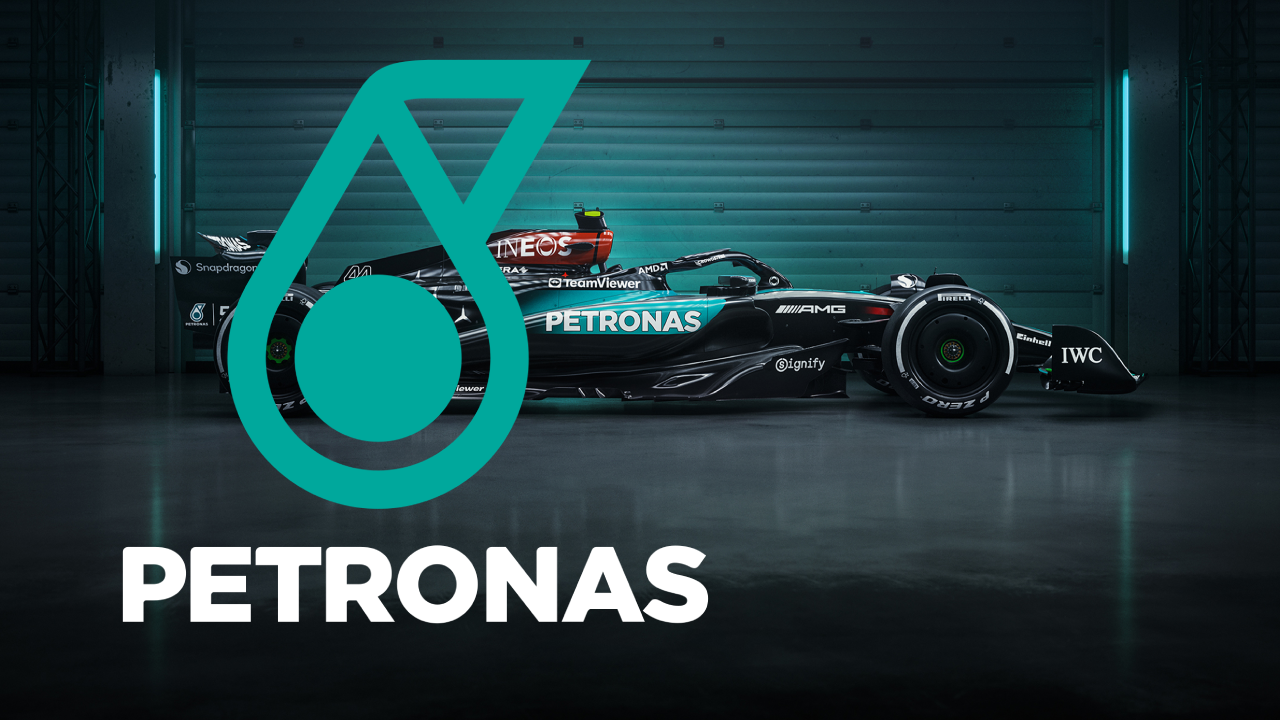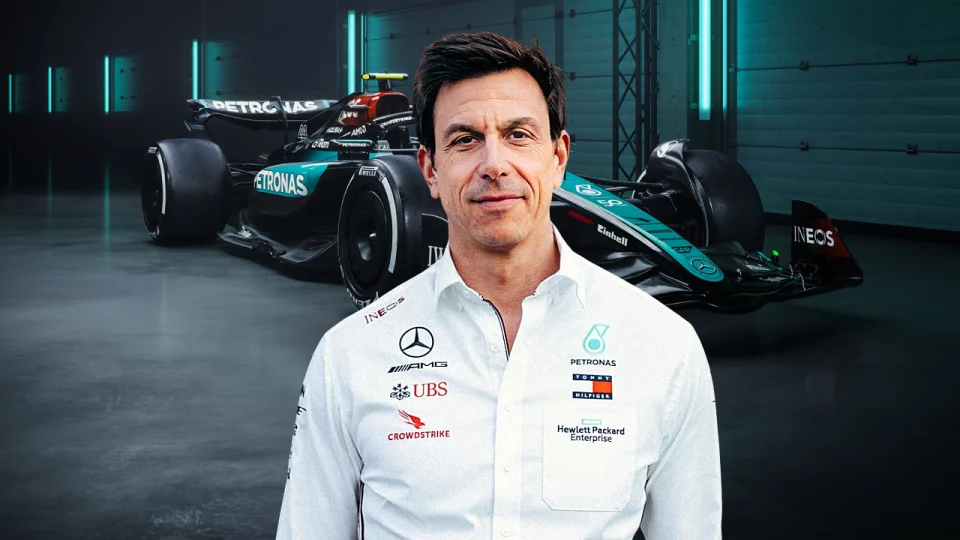This weekend’s Singapore Grand Prix marks a significant moment for Mercedes-AMG Petronas Formula One Team, as they temporarily transform from the iconic “Silver Arrows” into the striking “Emerald Green Arrows.” This symbolic change in livery is not merely an aesthetic choice, but a powerful celebration of their title sponsor, Petronas, marking its 50th anniversary.
The vibrant green hue is a nod to the Malaysian oil giant’s identity, standing out under the bright lights of the Marina Bay Street Circuit in Singapore.
Table of Contents
A Special Anniversary: The Petronas Partnership
The perfect touch to mark a special occasion for @Petronas ✨
Here’s why we’ve changed our livery for Singapore 👇
— Mercedes-AMG PETRONAS F1 Team (@MercedesAMGF1) September 18, 2024
Petronas has been an integral part of Mercedes’ success since their return to Formula One in 2010. Supplying the team with essential fuel and lubricants, Petronas’ collaboration with Mercedes has been fundamental to the team’s impressive achievements over the past decade. Their partnership has powered the Silver Arrows to multiple Constructors’ and Drivers’ Championships, cementing their dominance in the sport.
While many might question the celebration of an oil company in an era increasingly defined by environmental consciousness, it’s important to recognize the role that Petronas has played in advancing fuel technology. The green livery serves as a tribute to this partnership and to the company’s legacy of engineering excellence.
According to seven-time world champion Lewis Hamilton, the special livery is something that excites both the drivers and fans. “The livery looks incredible,” Hamilton remarked. “I can’t wait to see it on the car in the garage tomorrow and then to get behind the wheel on Friday. I’m sure the fans will love seeing it up close, and it will shine brightly under the lights of Singapore.”
Team principal Toto Wolff echoed this sentiment, emphasizing the importance of the partnership with Petronas. He noted that the celebration of Petronas’ 50th anniversary is also a reflection of their ongoing collaboration and the challenges ahead, including the introduction of sustainable fuels in 2026. “This livery is therefore not only a celebration of their 50th anniversary but a reflection of Petronas’ importance in our team’s story and honors our journey together,” Wolff stated.
The Significance of the Singapore Grand Prix
Singapore’s Grand Prix is one of the most iconic races on the F1 calendar. Held under the dazzling lights of the Marina Bay Street Circuit, the night race presents unique challenges and spectacular visuals that have captivated fans for over a decade. With its tight corners, high humidity, and relentless physical demands, Singapore is a test of endurance for both drivers and machines.
But why choose Singapore to celebrate Petronas’ milestone? The reason is geographical. Since Formula One hasn’t raced in Malaysia in recent years, Singapore represents the closest event to Petronas’ headquarters in Kuala Lumpur. It’s a fitting location for this special tribute, bringing the celebration close to the company’s home base.

Additionally, the Singapore Grand Prix holds particular importance for both Petronas and Mercedes. This race has often been a pivotal point in the championship, and the unique characteristics of the street circuit have allowed Mercedes to showcase their engineering prowess. The race’s proximity to Kuala Lumpur offers Petronas the opportunity to host key stakeholders, strengthening the relationship between the two entities.
Sustainable Fuels and the Future of F1
While the green livery is a short-term homage to Petronas, it also signifies a broader shift in Formula One’s future. In 2026, F1 will undergo a major regulation change, with the introduction of sustainable fuels aimed at reducing the sport’s carbon footprint. This is part of the wider effort to make Formula One a leader in sustainable automotive technology, a goal that aligns with Mercedes and Petronas’ long-term ambitions.
The move toward sustainable fuels is an essential part of F1’s journey to carbon neutrality by 2030. The sport has always been at the cutting edge of automotive innovation, and the development of cleaner, more efficient fuels is expected to have a significant impact on both racing and the automotive industry at large. Petronas, with its history of pioneering fuel technologies, is expected to play a crucial role in this transformation.
Wolff expressed his excitement about the future challenges, particularly with the upcoming changes in engine regulations and the push for sustainability. “We look forward to continuing our relationship for many more years to come,” he said. “The introduction of sustainable fuels will be one of the most exciting challenges ahead. Petronas has been a vital partner in our success, and we are proud to celebrate their achievements this weekend.”

The Evolution of F1 Liveries: A Brief History
Liveries in Formula One have always been more than just paint on a car. They represent the teams’ identities, sponsors, and even the broader values of the sport. From the iconic red of Ferrari to the unmistakable silver of Mercedes, liveries are often a reflection of a team’s heritage and success.
The shift to the Emerald Green Arrows this weekend is not the first time Mercedes has experimented with special liveries. In 2020, the team switched to an all-black design in support of diversity and inclusion initiatives, which coincided with Hamilton’s outspoken stance on racial justice. The green livery in Singapore, while temporary, serves as another example of how liveries can communicate deeper messages about the teams and their partnerships.
In the same way, other teams have embraced special liveries for significant occasions. Aston Martin, for instance, celebrated James Bond’s cinematic legacy at previous races, blending pop culture with high-performance motorsport. Mercedes’ green livery this weekend continues the tradition of using special designs to highlight important partnerships and milestones.
